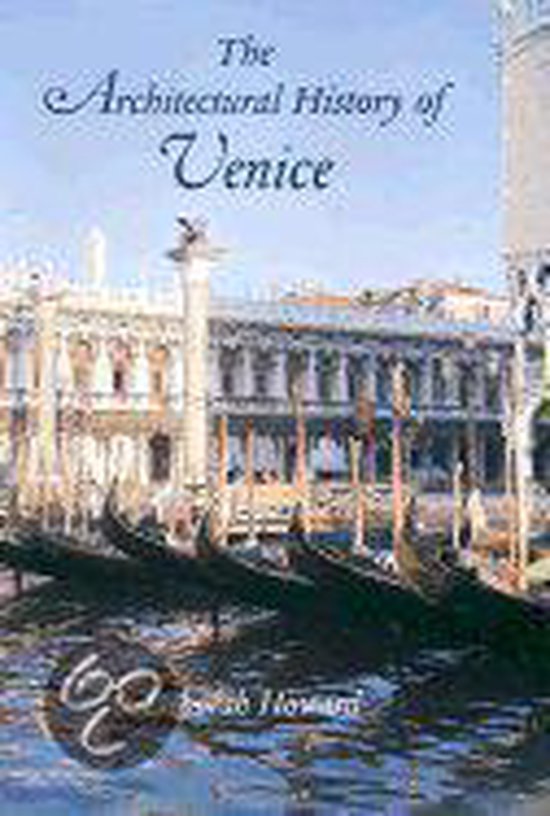
The Architectural History of Venice
A guide to the history of architecture in Venice, encompassing the city's fascinating variety of buildings from ancient times to the present day. Completely updated, this edition of Deborah Howard's volume (first published in 1980) is filled with illustrations, most of them new and reproduced in colour. Howard invites those who visit Venice in person, armchair travellers, and all students of Venetian art and architecture to look more closely at the unique architecture of one of the world's most beautiful cities.;Believed to have been founded by refugees at the fall of the Roman Empire, Venice became a semi-independent outpost of Byzantium and eventually an independent Republic. The city flourished for centuries as a trading centre between east and west, and its visual traditions were continually enriched by exposure to outside influences. When the long-lasting Republic fell to Napoleon in 1797, many attempts at modernisation followed, especially under 19th-century Austrian administration. Howard traces the entire evolution of Venice's architecture, placing special emphasis on the political, social and economic framework that supported it. She highlights the achievements of individual architects from the Renaissance onwards, including Sansovino, Palladio, Longhena, Massari, Selva and others. Throughout the book, the author stresses the visual qualities of the buildings themselves, seeking to enhance our appreciation of individual structures built in Venice and providing a view of the city that inspired their creation.
| Auteur | | Deborah Howard |
| Taal | | Engels |
| Type | | Hardcover |
| Categorie | | Kunst & Fotografie |